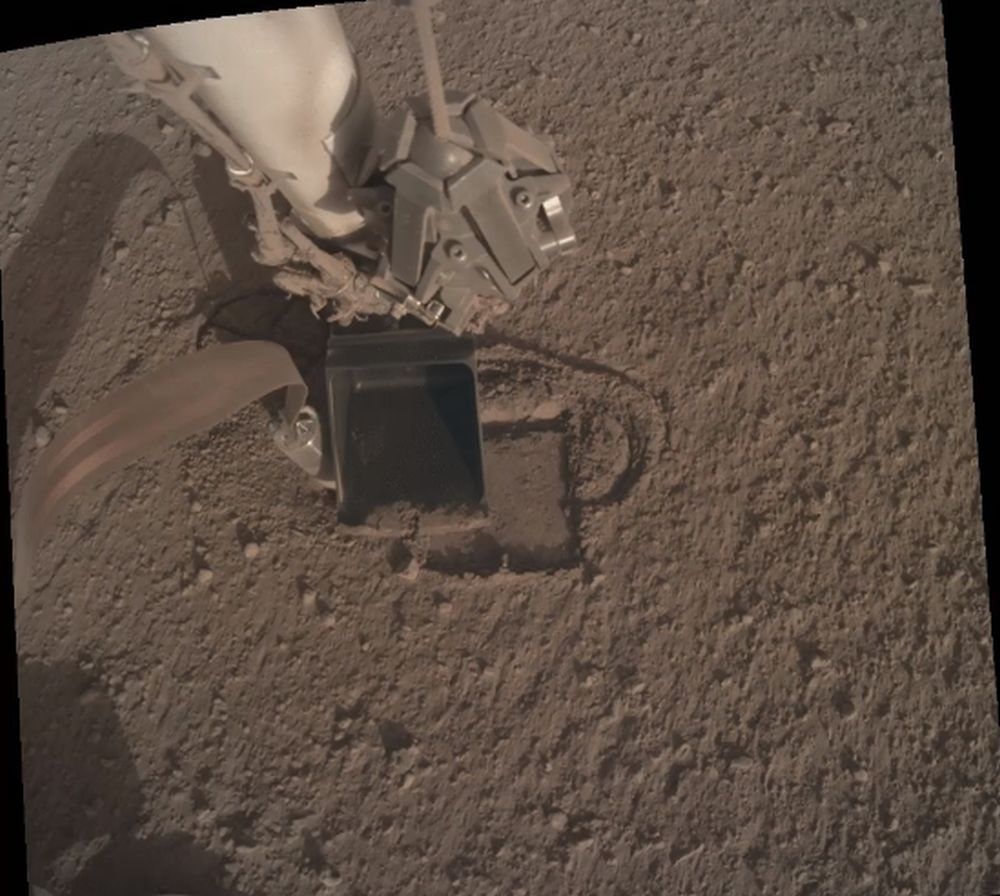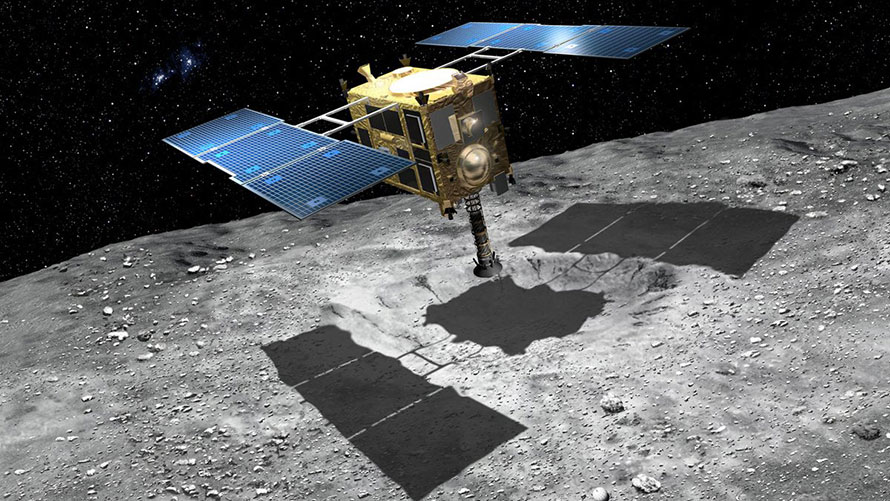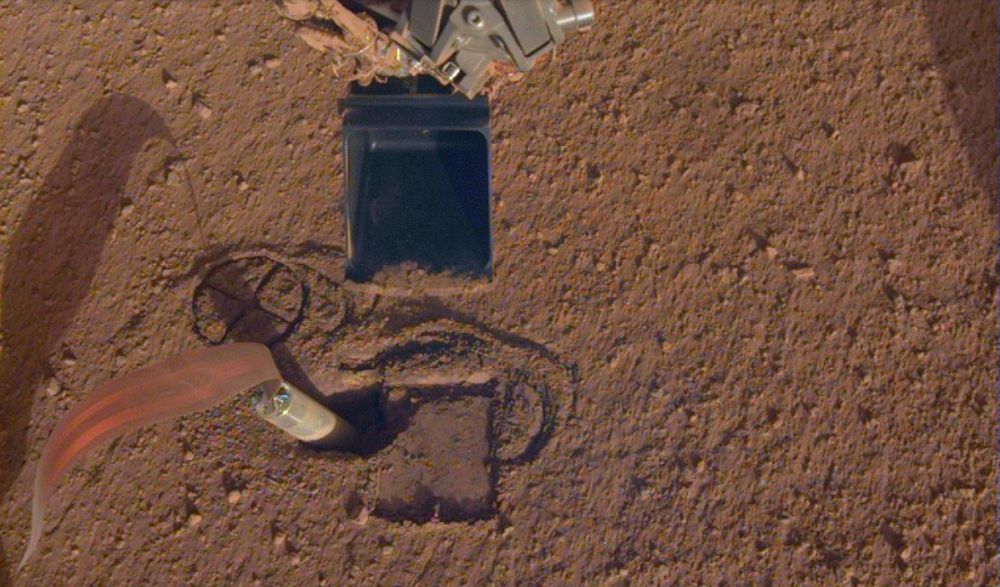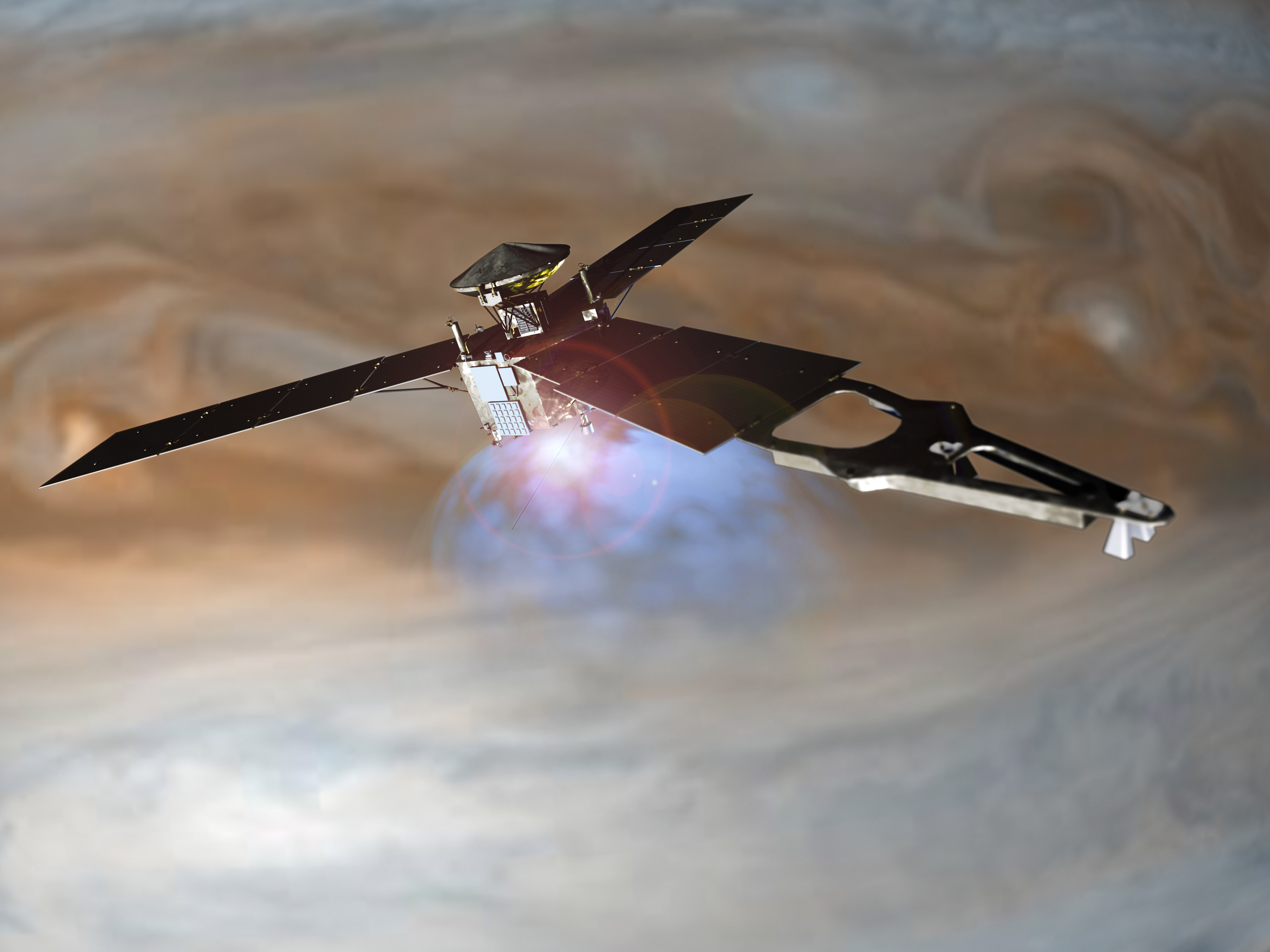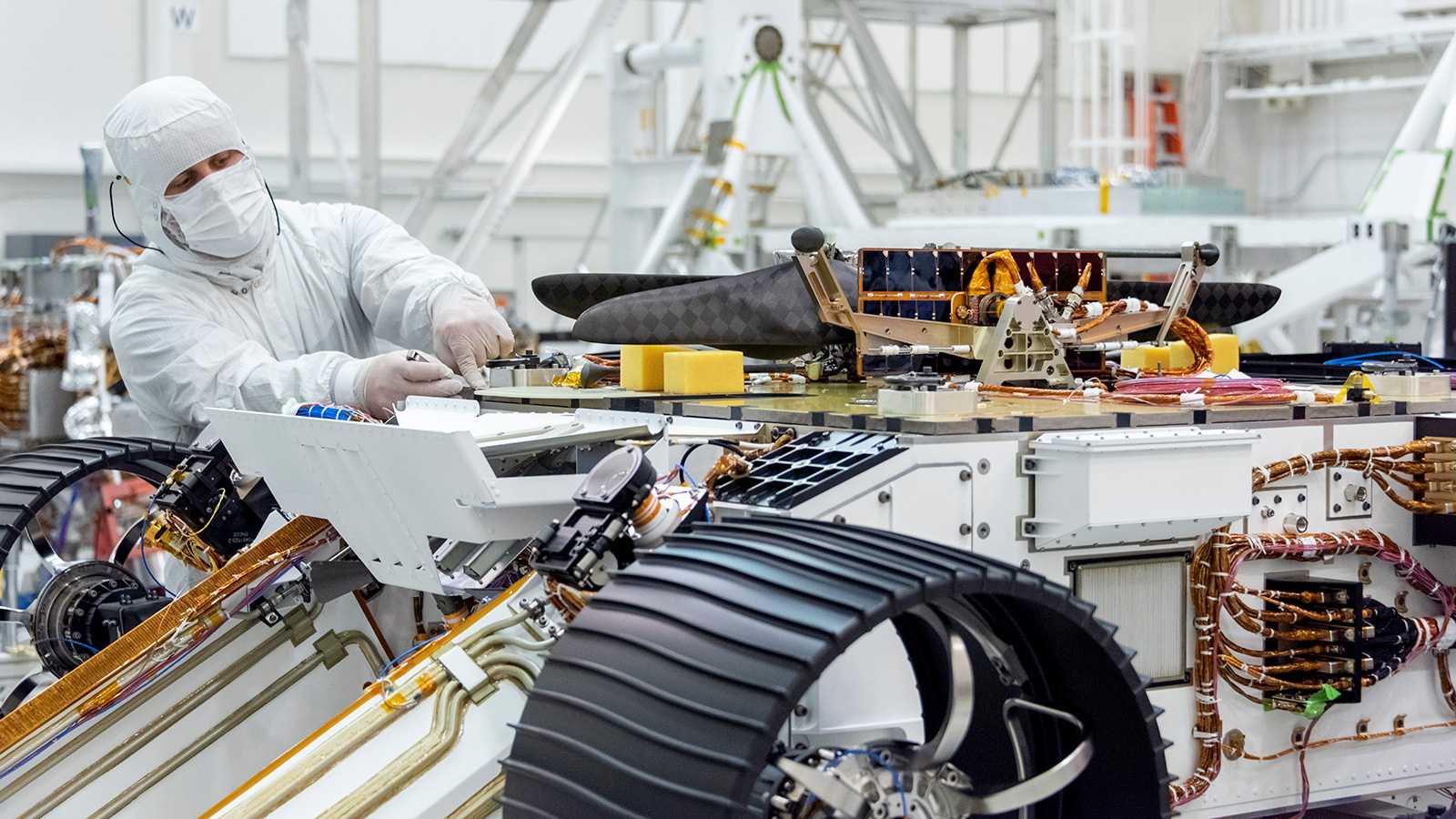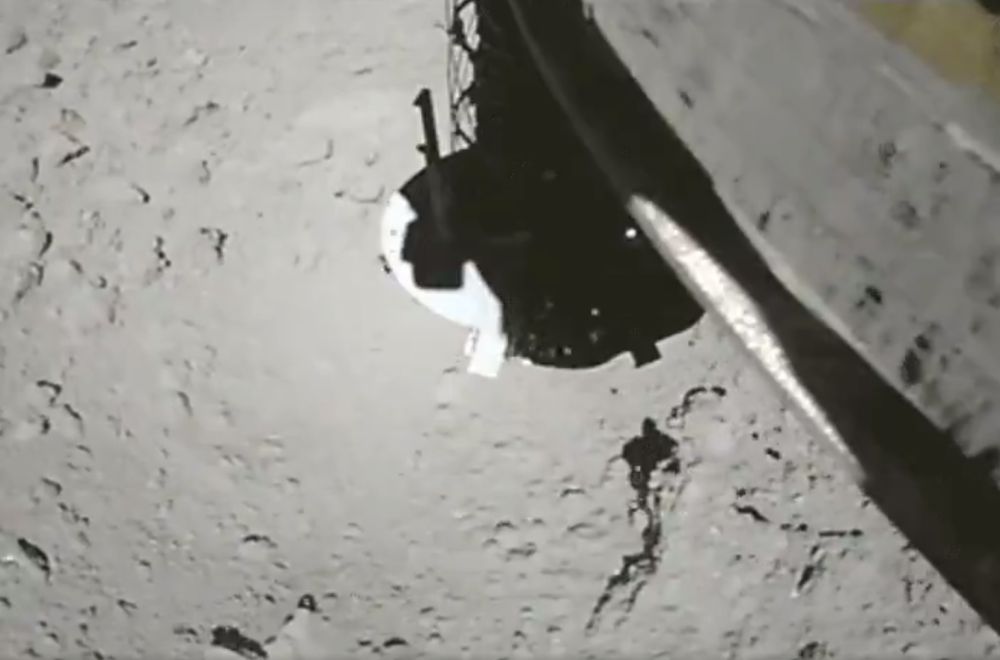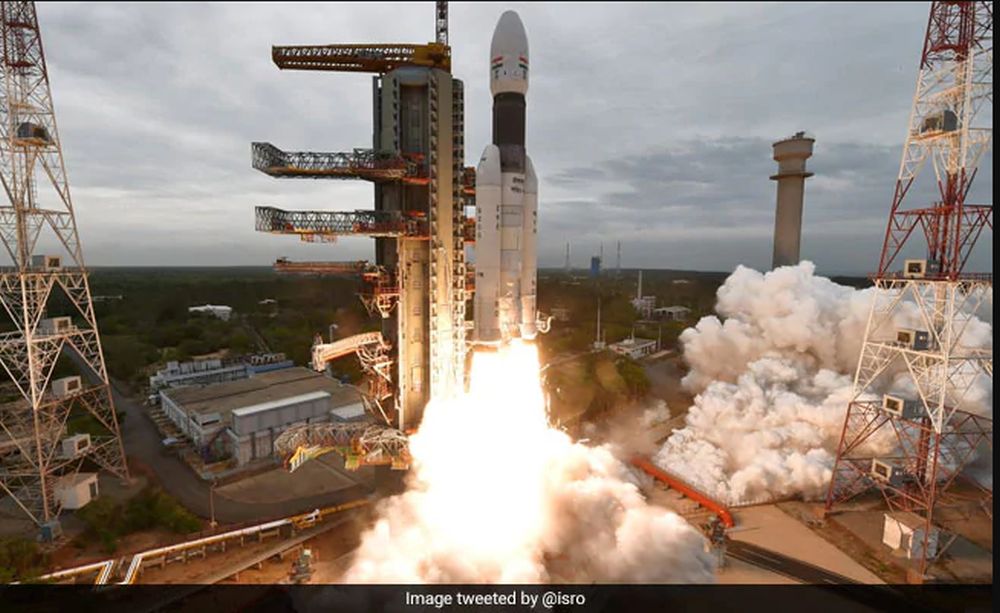NASA and the DLR are making some progress with the Mole. The Mole has been stuck for months now, and NASA/DLR have been working to get it unstuck. After removing the mole’s housing to get a better look at it with InSight’s cameras, the team came up with a plan.
Continue reading “It Looks Like it’s Working! NASA InSight’s Mole is Making Progress Again Thanks to the Arm Scoop Hack”It Looks Like it’s Working! NASA InSight’s Mole is Making Progress Again Thanks to the Arm Scoop Hack
